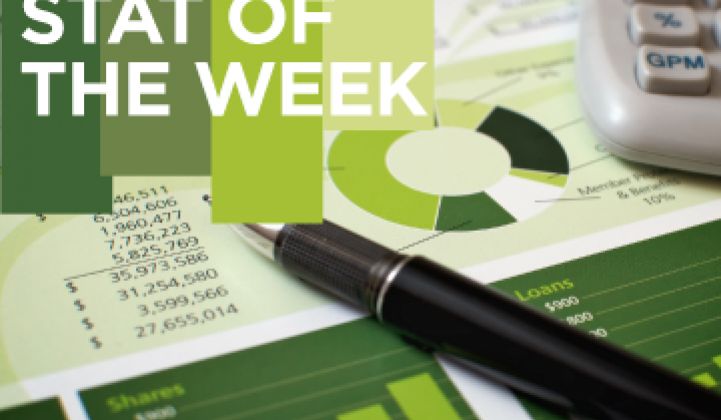In most countries, the energy hog in buildings is the heater.
In Singapore, which sits smack on the equator, cooling is the problem.
Air conditioning and refrigeration account for a combined 47 percent of household power, according to the government: 30 percent goes to AC and 17 percent goes to refrigeration. If you add in the four percent for fans, you pass the halfway mark, with 51 percent of electricity going to cooling.
In the U.S., AC accounts for 13 percent of household energy and refrigeration accounts for 7 percent -- and our houses are like chilled meat lockers compared to those in Europe.
In commercial buildings, the portion of the power budget dedicated to AC in Singapore averages more like 40 percent, says Ron Mahabir, a partner at Asia Cleantech Capital, a Singaporean VC firm that invests in companies in Southeast Asia.
Southeast Asia doesn’t get the same sort of attention that India or China do, but it will likely become a thriving region for renewables and efficiency over the next two decades. Singapore has already emerged as a test bed for green technologies and ideas like water recycling. The nation, which consists of a cluster of islands, has a large population, a high standard of living and almost no natural resources. It even imports water from next-door Malaysia.
Ideally, Singapore can become a lab for new AC technology like the thermoelectric devices coming from Tempronics or these other companies on our list. Cooling isn't easy. In fact, it's counterintuitive: heat and power get consumed to lower ambient temperatures. Heating is relatively straightforward: close the windows and light a fire. If heating were difficult and cooling were easy, we probably would have seen Singapore, India and Vietnam colonizing swaths of Europe in the 19th century instead of the other way around.
Some more stats from Mahabir:
--26.5 cents per kilowatt-hour. The feed-in tariff (in U.S. terms) that is available in Thailand for solar projects. Developers can also qualify for bonuses if offsetting diesel generators or building in specific areas.
--$3.20 per watt. The approximate cost of building solar power plants in Thailand. Labor is cheap and so is land in certain regions of the country. Combined, the feed-in tariff and cost of power lead to returns of around 18 percent. In Germany and India, you might get 10 percent. Annex Power, one of Asia Cleantech’s portfolio companies, is in the midst of closing a round to fund and build its own projects.
--1GW. The amount of solar renewable power purchase agreements Thailand wants to have in place by 2020.
--Three. The number of deals Asia Cleantech has closed. It has reviewed 1,500. Startup culture isn’t the same there as it is in the U.S. Many Southeast Asian entrepreneurs are afraid of failing, so they don’t take risks. Some exaggerate their claims. The firm also has an investment in Greenlots, which has created software and hardware for utilities and fleet owners to manage EV charging.
--10 percent to 28 percent. The percentage of the national budget of Indonesia that goes to energy subsidies. Malaysia, Indonesia and the Philippines all subsidize energy, mostly fuel and electricity costs. Singapore does not.
--$3 or more. The toll levied on drivers who use Singapore’s roads during peak times. Car taxes also come to far more than the sticker price.




